Advertisement
Advertisement
Picture this: You’ve got the weekend off, you’ve headed along the coast for a weekend of camping and relaxing, you arrive at the campsite and it’s a huge grassy area dotted with trees on the side of a river. Stunning! But where’s the best spot to park and set up camp? If you’re lucky enough to be camping remotely away from the confines of a caravan park, here are some things to consider before setting up camp.
It can be tempting to set up camp the second you arrive, but this is the time to take a minute to adjust and slow yourself down. Park the car to the side, jump out and go for a leisurely stroll around your new temporary camp home. It’s much easier to assess your surroundings on foot and it will help you adjust and start getting into the slow swing of camp life. This is also a great chance to discuss your parking and camping location options with the rest of your group. There’s nothing worse than starting off a camp trip with an argument.
You’re going to want to look for safety and comfort. So we’ve given you a few tips on how to do just that!
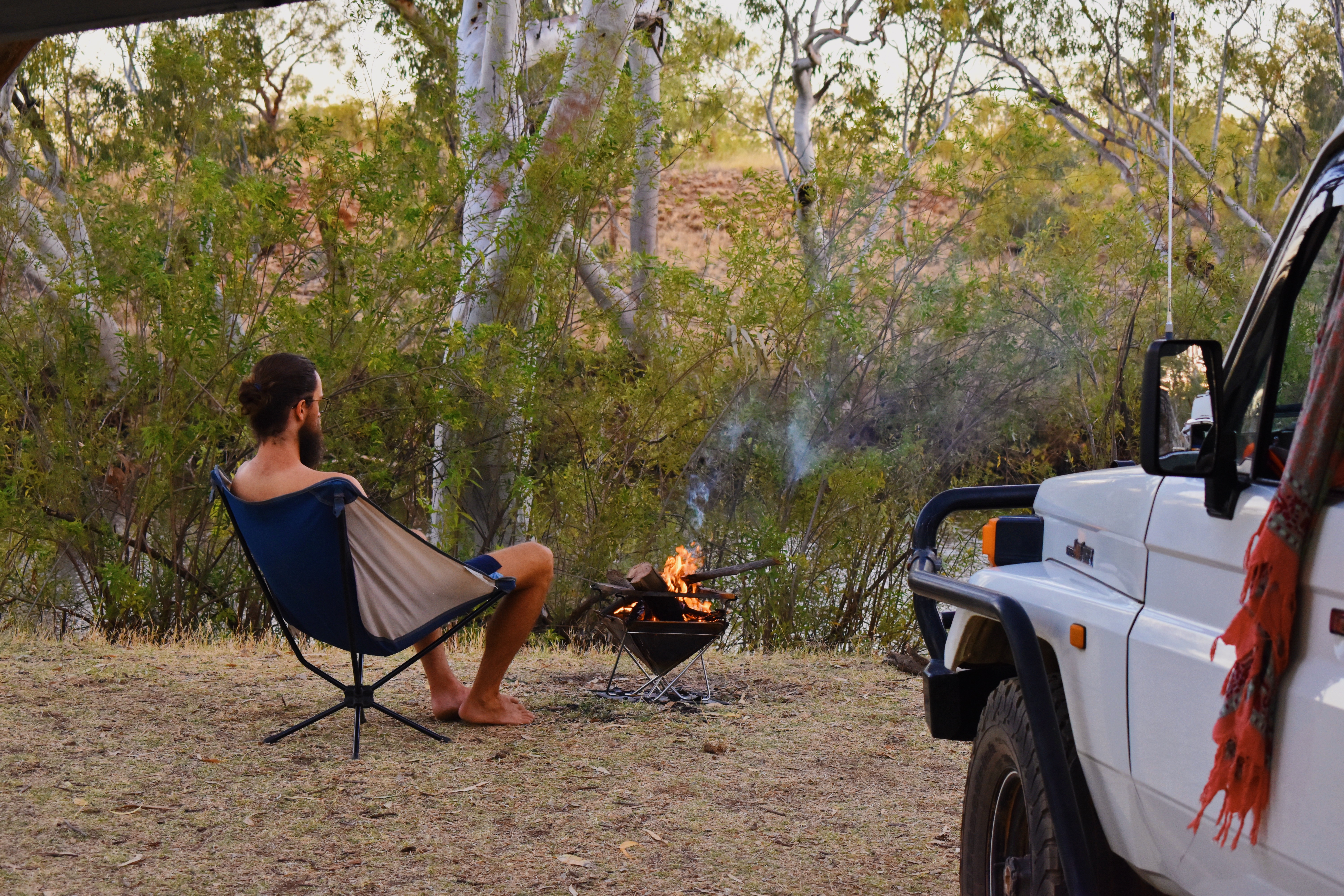
This should be your first consideration when choosing a location to camp. Safety is always of the utmost importance.
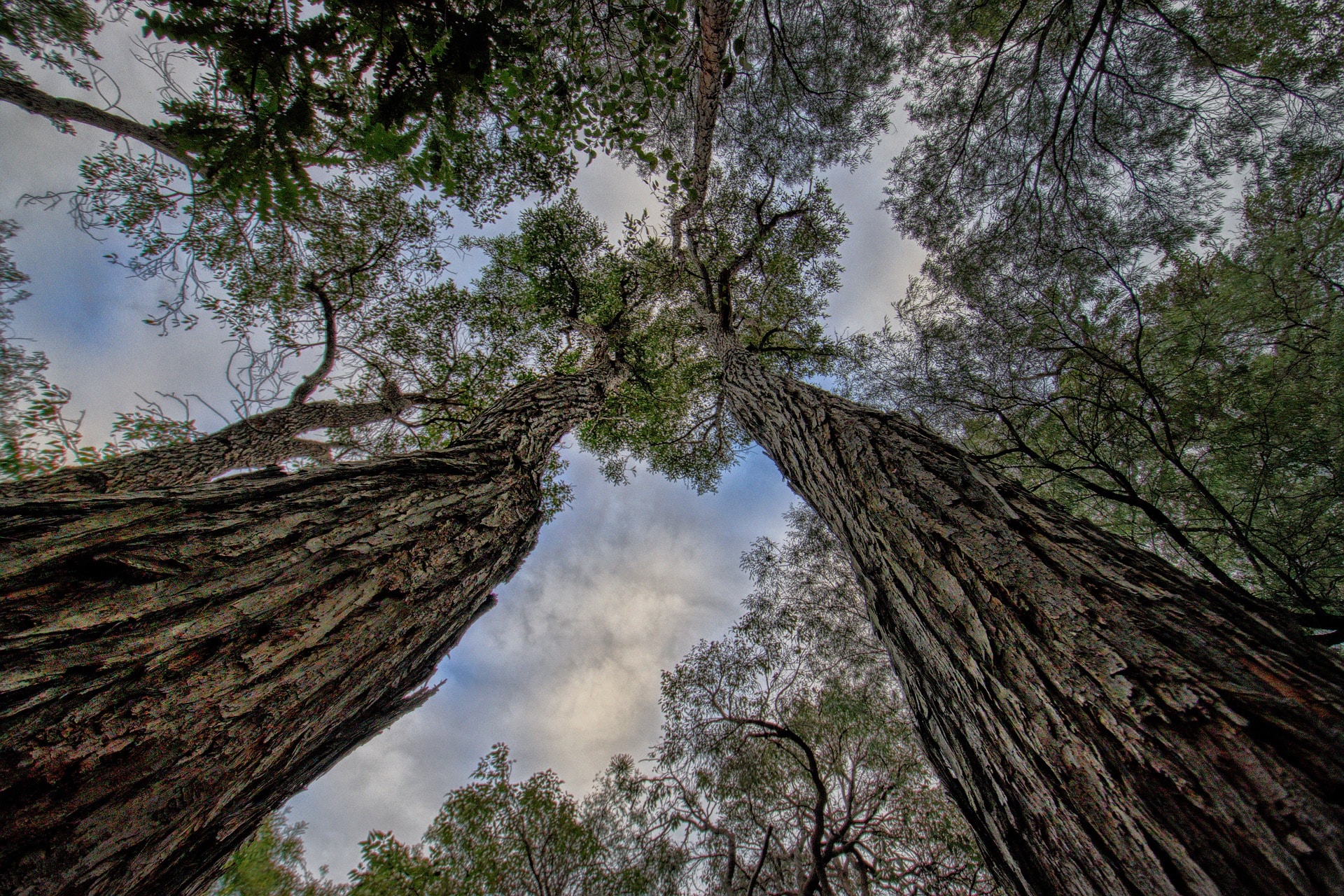
Begin by looking up for signs of widowmaker trees. As the name suggests, they have a tendency to drop large branches without warning. And have been known to injure or kill people camping beneath them.
The Australian Native Eucalypt trees are often referred to as widow makers. These trees grow very tall, very quickly, and one of their survival mechanisms is to suddenly drop their limbs to ensure the survival of the rest of the tree in hot dry weather. There is no way to tell when a tree will do this so it’s best to avoid camping beneath them at all times. Especially during summer.
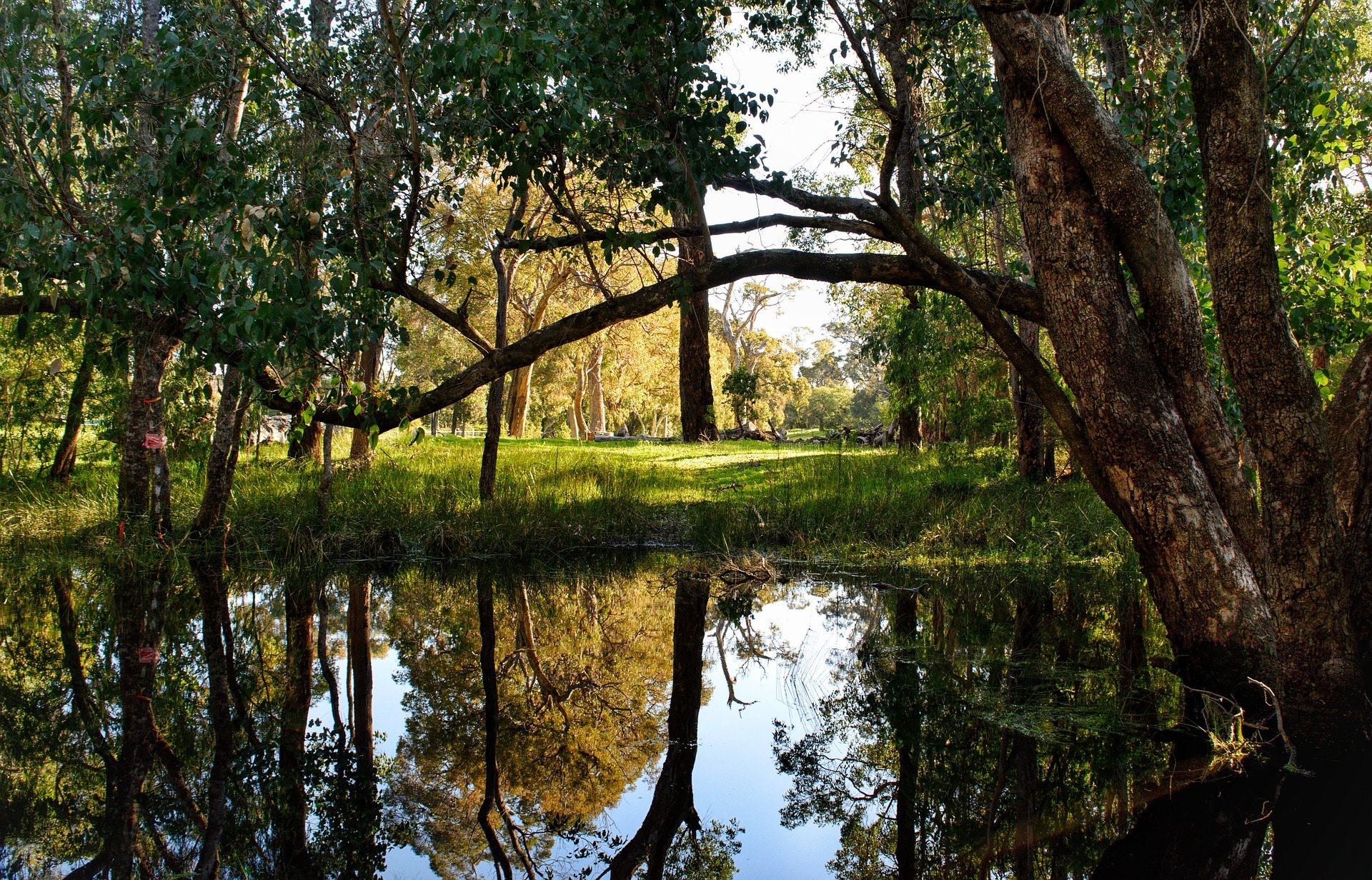
It’s not just eucalypts that can act as widowmakers. You should avoid camping under any large tree that has dry or dead limbs, is leaning at a steep angle, has light-coloured wood visible from the inside of the branch (signalling that it has been broken) or that has limbs hanging or resting on other trees.
Naturally, you also need to be extra careful of widowmakers in very windy conditions for safety.
Sometimes you see the perfect spot but it looks a little tricky to get to. Maybe it’s over a water crossing, or through some soft sand. Before driving to tricky spots, walk the path first to make sure you can get there. Plus ensure you have 4WD capacity and the correct recovery gear if you get stuck. In short, what goes in must come out. So don’t drive in somewhere that you can’t get out of.
This is especially important if you are towing a caravan or trailer! Check there is an appropriate turnaround point before heading down unknown bush tracks or roads.
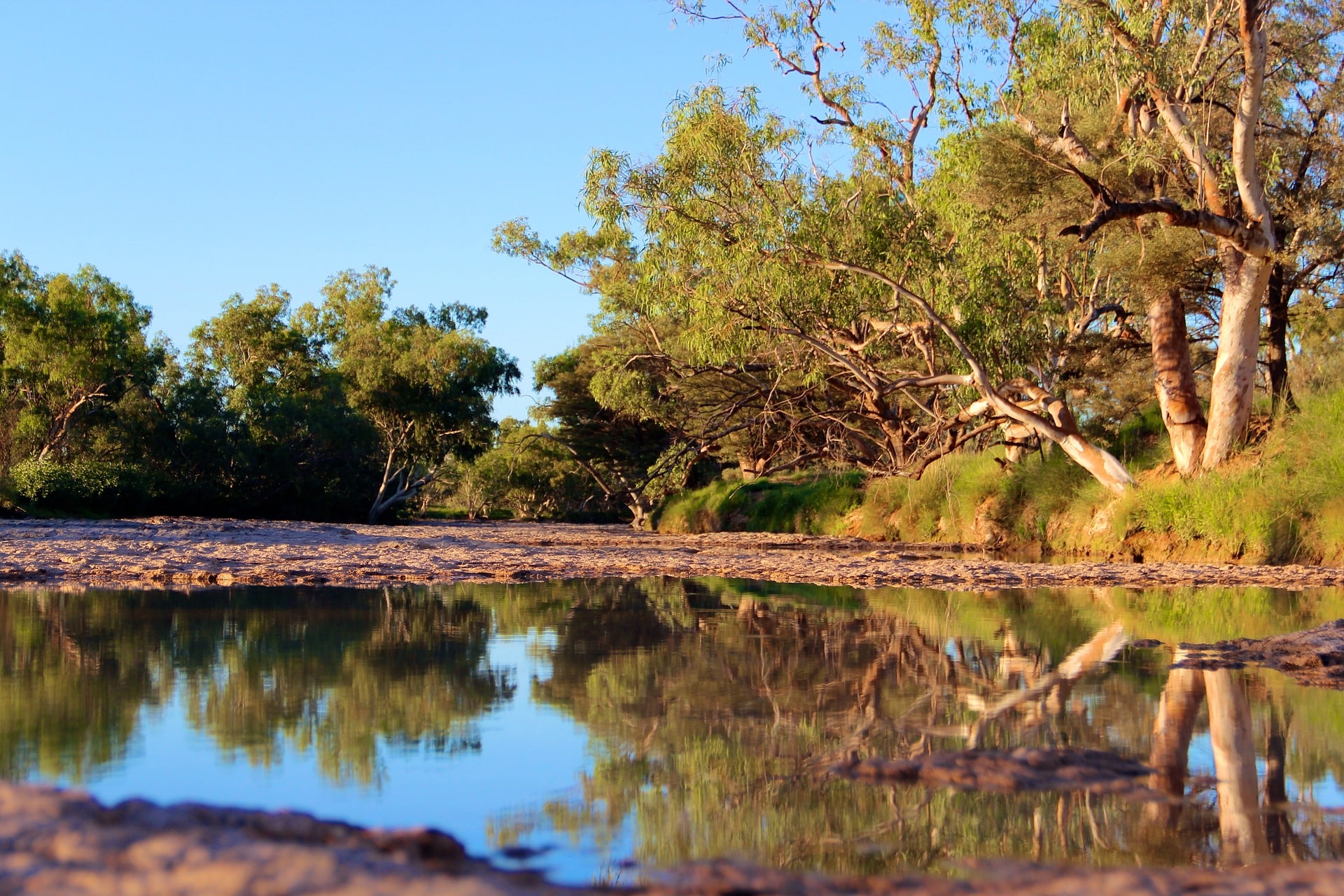
The view might be spectacular next to the river, but there are risks in camping next to waterways. Ensure that the bank is stable and that the river isn’t likely to flood. Some waterways close to the ocean are tidal and will rise and fall throughout the day. If you’re in croc country, keep well clear of the water’s edge. That’d be a mistake you’ll only make once! When beach camping, ensure your setup is well above the high tide mark and beware of big swell that could run up the beach.
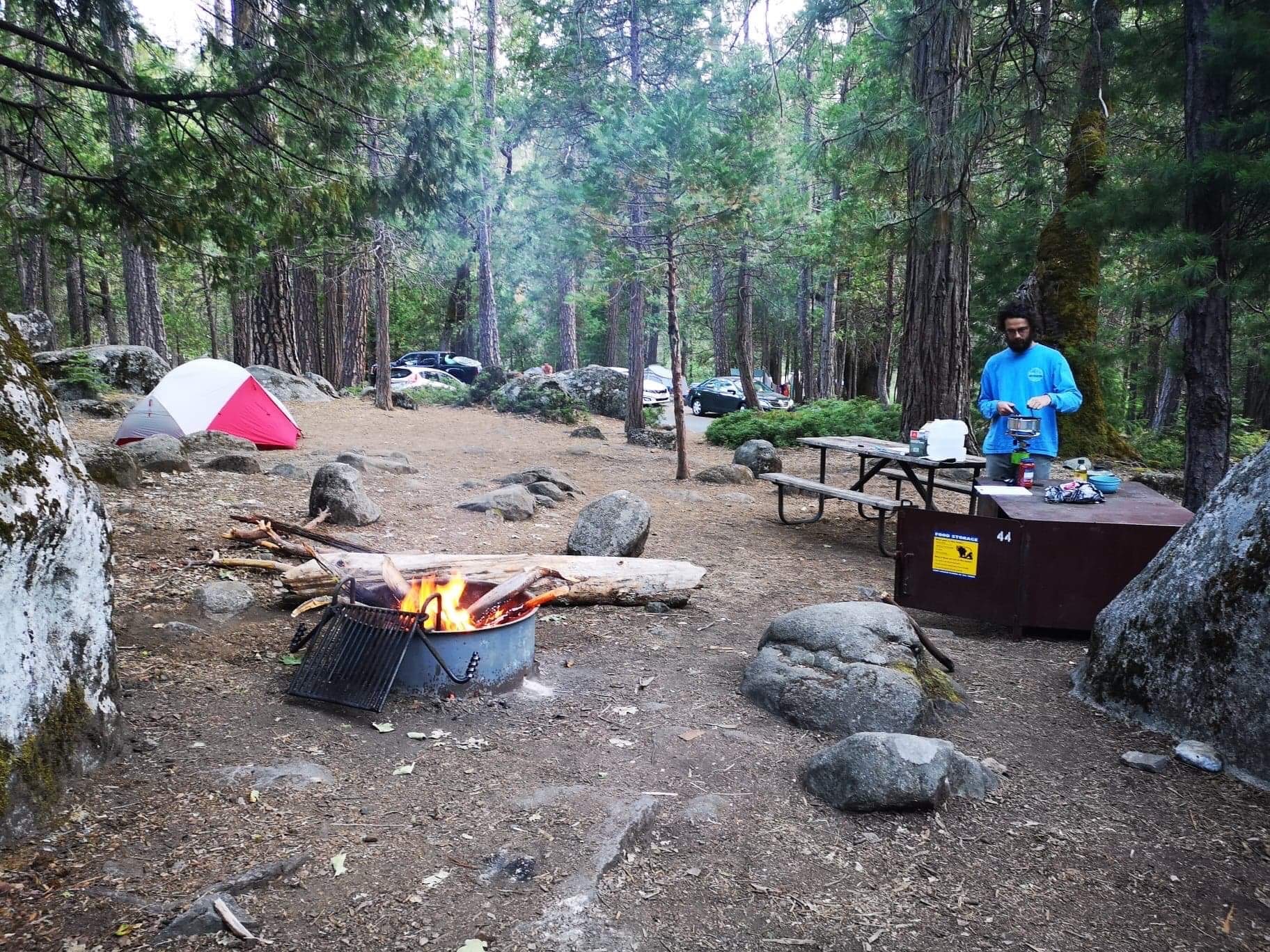
Great! Now that you’ve got safety down pat, let’s make sure your stay is a comfortable one.
You’ll be most comfortable if you choose a flat surface to camp on. You’ll sleep better and it will be easier to set up chairs and awnings and cooking equipment if everything is nice and level. Avoid gullies and holes because if it rains, it might turn into a nice big puddle!
It’s also worth considering the type of ground cover you set up on. Dirt can quickly turn to mud in the rain, so opt for grass if you can find it. Make sure you check for bindis or any sharp objects on the ground before throwing down your tent or walking around barefoot.
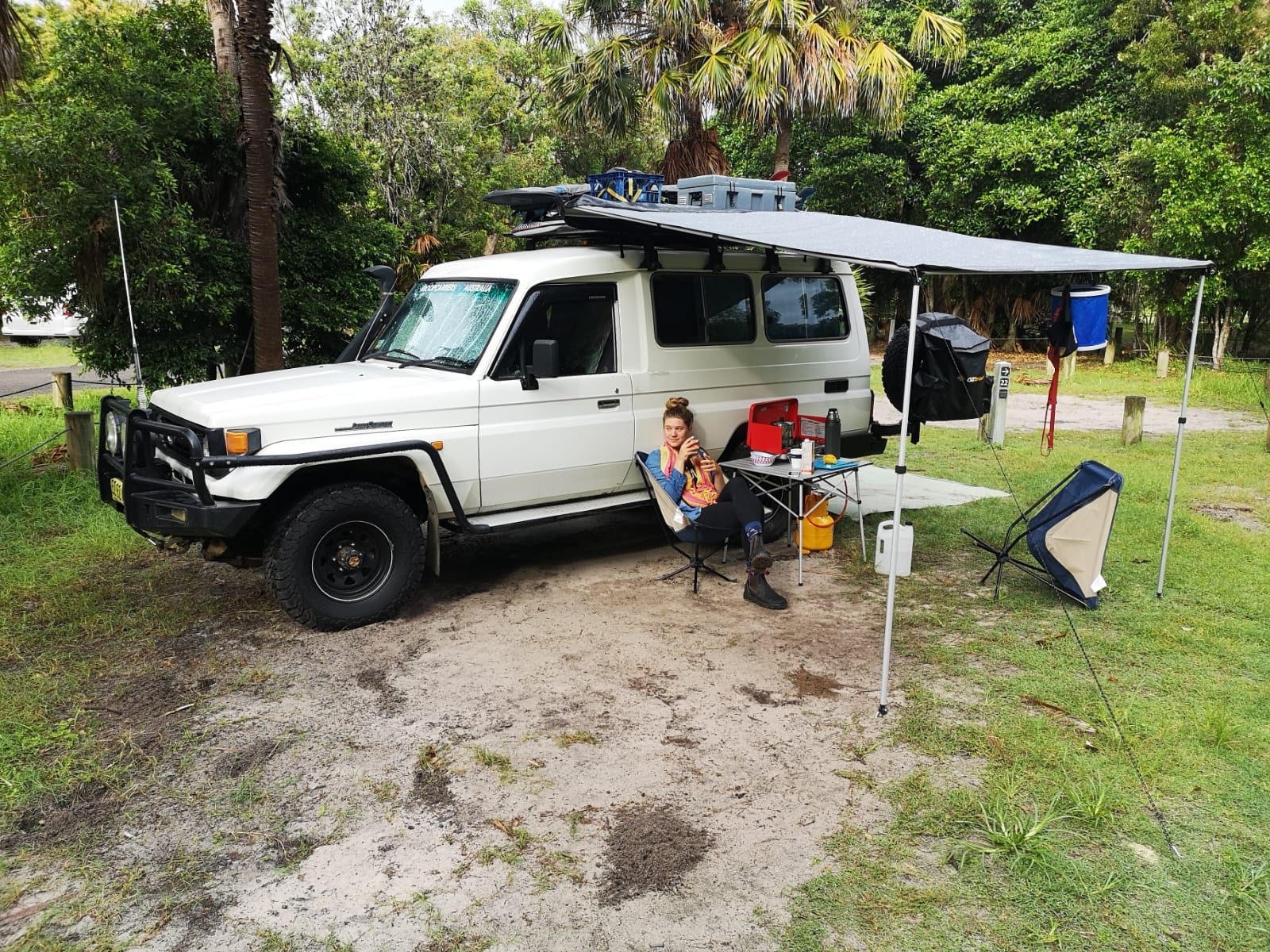
If you’re confident you’re not set up under any dangerous trees, you might want to look for a spot with some shade. Alternatively, if it’s cold, pick a spot with plenty of sunshine. You may also want direct sun on your camp set up depending on where your solar panels are.
It’s also a good idea to try and situate yourself out of the wind if it’s blowing hard. You can do this by camping next to sand dunes or trees that block the wind. Or by using your car and your setup as a wind barrier.
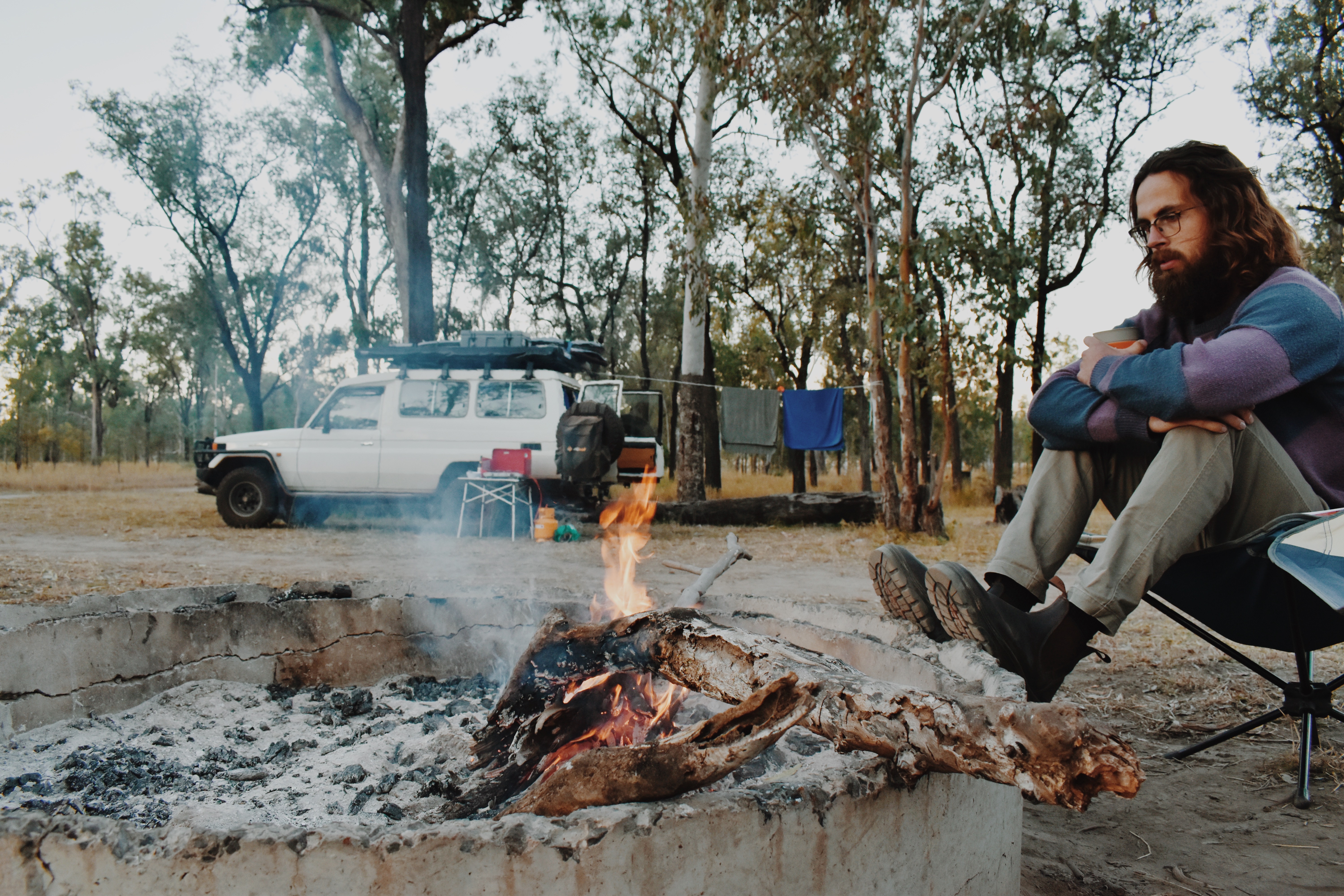
Finally, to make sure you’re going to get a good night’s sleep and some peace and quiet, assess your surroundings for things that might disturb you. You might want to camp further away from other campers, particularly if they’re playing loud music or in a big group. You might also check for light sources such as caravan lights, street lights or toilet lights that might make it difficult to sleep.
Pay attention to whether you’re near a main walking or driving thoroughfare such as near bathrooms, as people may be walking or driving around early in the morning.
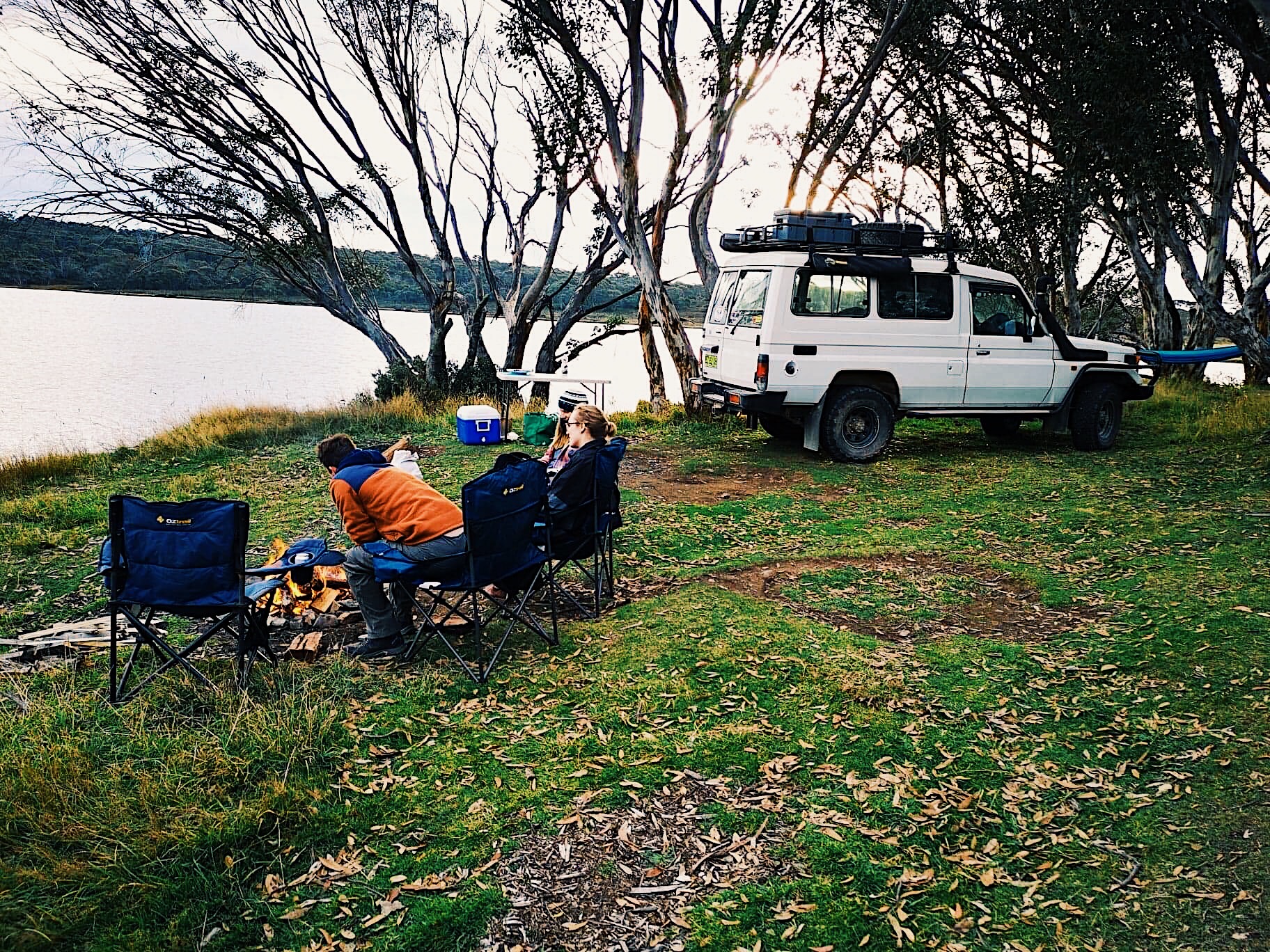
Lastly, if you’re amongst the trees, see if they have any flowers or fruit on them, as birds and bats often feed in trees and can be noisy during the night. They also tend to leave eaten fruit and poop on your set-up in their wake which is unpleasant to say the least.
Now that you’ve checked you’re safe, made yourself comfortable and set up camp, it’s time to relax and enjoy!